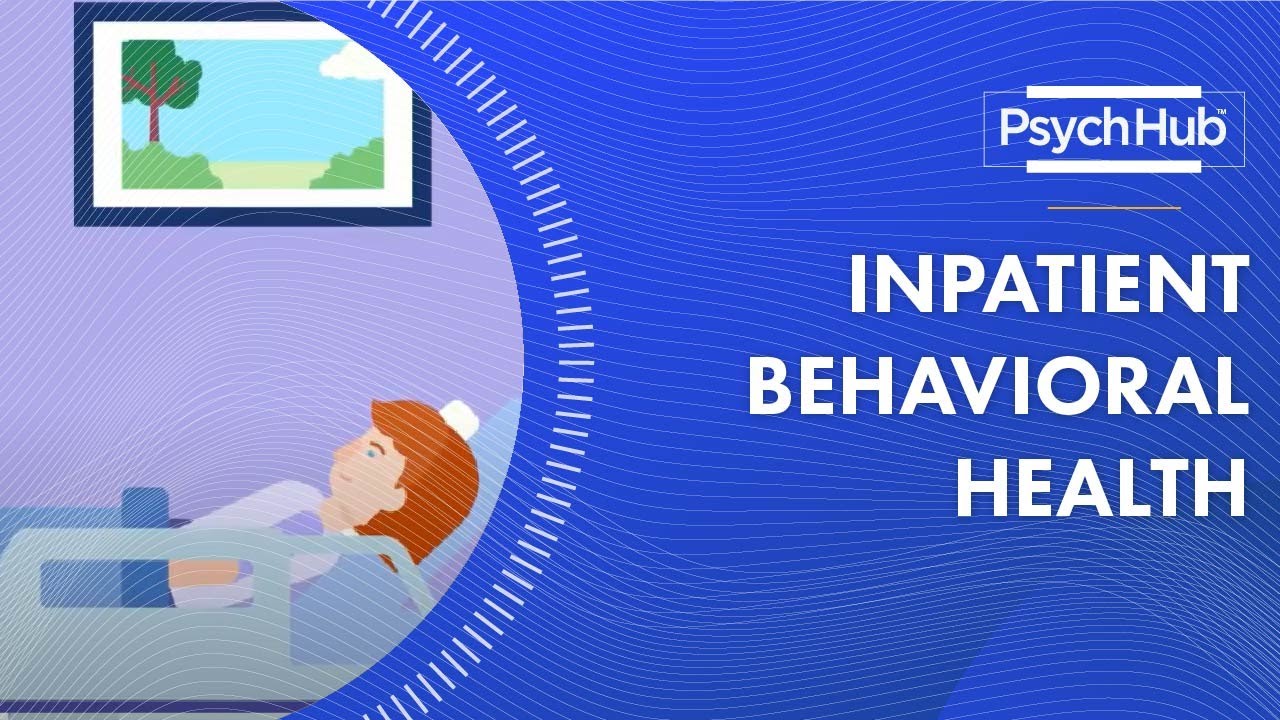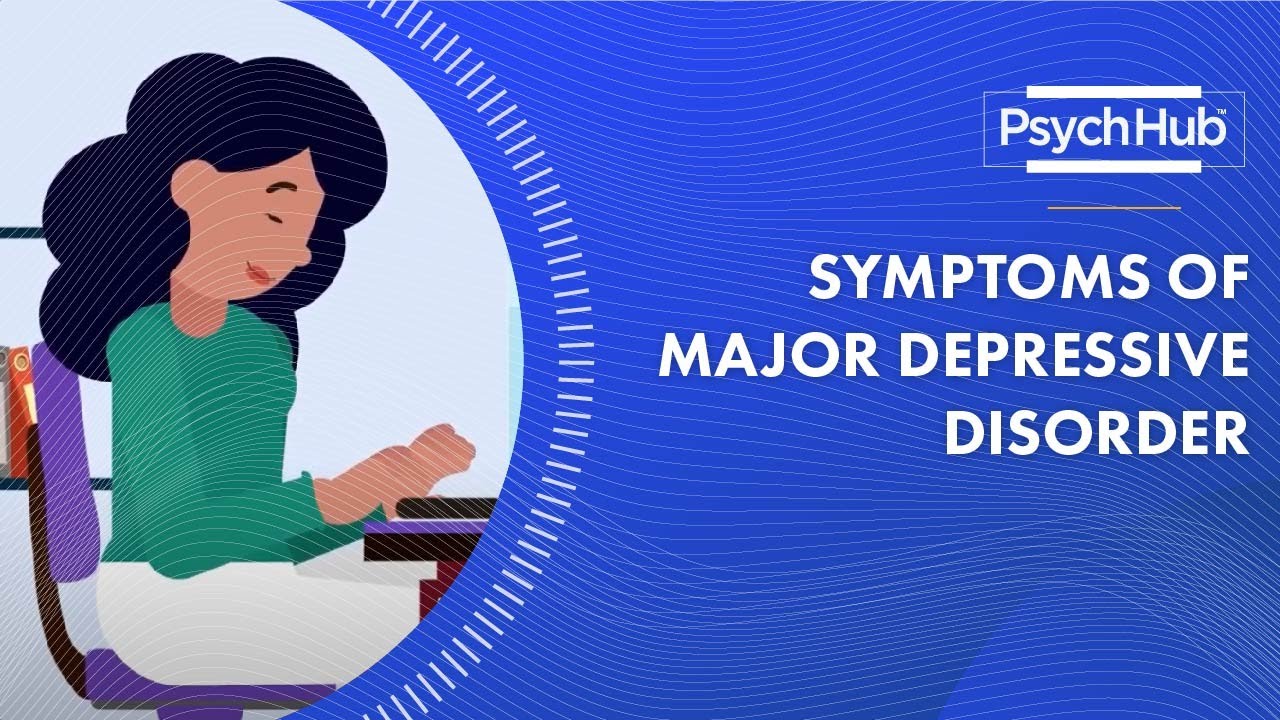Have you ever wondered how the simple act of sitting quietly might help you manage chronic pain effectively? mindfulness meditation, an age-old practice, offers profound benefits for those suffering from chronic pain. Unlike other treatments, it engages different brain mechanisms and provides a holistic approach to pain management.
Brain Mechanisms of Mindfulness Meditation
Recent research shows that mindfulness meditation alleviates pain through distinct neurobiological mechanisms, separate from the placebo effect. A ground-breaking study published in the journal Biological Psychiatry unearths that mindfulness meditation and placebo interventions use different brain circuits to address pain.
The Study Methodology
Researchers from the University of California San Diego School of Medicine conducted a study to compare the pain-relieving effects of mindfulness meditation, placebo cream, and counterfeit mindfulness meditation (referred to as “sham” mindfulness meditation). Participants took part in two separate clinical trials to test the effects of these different interventions.
The trials included:
- Guided mindfulness meditation
- Sham-mindfulness meditation with only deep breathing
- A placebo cream that participants were told would reduce pain
- An audiobook control
After exposing participants to a harmful but non-damaging heat stimulus on the back of their leg, their brain activity was scanned before and after the interventions. Researchers used multivariate pattern analysis (MVPA) to analyze the brain patterns of the participants to see if mindfulness meditation and placebo shared similar or separate brain processes.
Findings and Implications
The researchers found significant differences between the effects of mindfulness meditation and the placebo cream. Mindfulness meditation led to notable reductions in pain intensity and unpleasantness. It also decreased brain activity associated with pain and negative emotions. On the other hand, the placebo cream only affected the brain activity pattern linked with the placebo effect, leaving the primary experience of pain largely untouched.
Here’s a quick comparison:
| Intervention | Pain Intensity Reduction | Affected Brain Activity |
|---|---|---|
| Mindfulness Meditation | Significant | Pain and negative emotion areas |
| Placebo Cream | Minimal | Placebo effect areas only |
| Sham Mindfulness Meditation | Minimal | No significant change |
| Audiobook (Control) | None | No change |
These findings challenge the common belief that the placebo effect overlaps with brain mechanisms triggered by effective treatments. Instead, mindfulness meditation has its own distinct pathways for influencing pain perception.
Power of Meditation in Pain Management
Meditation offers a drug-free, cost-effective, and accessible way to manage chronic pain. According to Fadel Zeidan, an anesthesiology professor at the UC San Diego Sanford Institute for Empathy and Compassion, mindfulness meditation helps by separating pain from the self and relinquishing evaluative judgment. This shift directly modifies how we experience pain.
Benefits Beyond Pain Relief
- Emotional Regulation: Reducing synchronization between brain areas involved in introspection, self-awareness, and emotional regulation helps decrease overall distress associated with chronic pain.
- Convenience: As a practice that requires no equipment and can be done anywhere, it’s highly accessible for everyone.
- Mental Health Improvement: Besides aiding in pain management, meditation practices can improve overall mental health, enhancing well-being and quality of life.
Future Focus and Research
The study indicates promising results, but the researchers note the need for further validation among individuals living with chronic pain, not just healthy participants. The long-term goal includes developing more effective and accessible interventions for pain management by understanding these distinct brain mechanisms further.
Expanding Accessibility
Millions of people experience chronic pain, and new research reveals they can do more to manage it and improve their quality of life than previously understood. By continuing to explore the neurobiology of mindfulness, researchers aim to leverage this ancient practice in clinical settings.
Professor Zeidan highlights, “We are excited to continue exploring the neurobiology of mindfulness and how we can leverage this ancient practice in the clinic.”
Practical Steps To Incorporate Mindfulness Meditation
Interested in integrating mindfulness meditation into your pain management routine? Here are some initial steps to help you start:
-
Set Aside Time: Begin with short sessions, maybe 5-10 minutes a day, and gradually increase the duration as you become more comfortable.
-
Find a Quiet Space: Choose a quiet, comfortable place where you won’t be disturbed.
-
Focus on Breathing: Concentrate on your breath. Notice the sensation of the air moving in and out of your nostrils. When your mind wanders, gently bring your focus back to your breathing.
-
Body Scan Technique: Progressively guide your focus through different parts of your body. Start from your toes and move up to your head, noticing any sensations, tensions, or pain.
-
Mindful Walking: If sitting meditation is difficult, try mindful walking. Pay close attention to the movement of your feet, the rhythm of your steps, and your breath.
-
Guided Meditations: Utilize resources like apps, websites, or local classes that offer guided meditations. This can provide structure and support as you develop your practice.
Resources for Guided Meditations
Here are some popular resources to help you get started with guided mindfulness meditations:
- Apps: Headspace, Calm, Insight Timer
- Websites: Mindful.org, UCLA Mindful Awareness Research Center
- Books: “Full Catastrophe Living” by Jon Kabat-Zinn, “The Miracle of Mindfulness” by Thich Nhat Hanh

Common Misconceptions and Challenges
Misconceptions
- Mindfulness Meditation is Only for Stress Relief: While it’s excellent for reducing stress, mindfulness meditation is also a powerful tool for managing various types of chronic pain.
- It Takes Too Much Time: Starting with just a few minutes a day can be highly effective. The key is consistency, not the duration.
- You Must Clear Your Mind Completely: The goal is not to have no thoughts but to observe them without judgment and gently return your focus to your breath or body.
Challenges
- Distractions: It’s normal for your mind to wander during meditation. Practicing gently bringing your attention back to the moment is part of the process.
- Physical Discomfort: Adjust your posture as needed to stay comfortable. Use cushions or chairs if sitting on the floor is too challenging.
- Impatience: The benefits of mindfulness meditation accrue over time. Patience and persistence are essential.
Evidence-Based Support for Mindfulness Meditation
Various studies have highlighted the effectiveness of mindfulness meditation in pain management:
-
Increased Pain Tolerance: Mindfulness meditation increases pain tolerance levels. Participants practicing mindfulness report a higher threshold before finding pain intolerable.
-
Reduction in Chronic Pain Severity: Regular practice leads to a significant reduction in chronic pain severity, improving day-to-day functionality.
-
Improved Psychological Well-being: Mindfulness meditation positively impacts overall psychological well-being, reducing symptoms of depression and anxiety often associated with chronic pain.
Notable Research Studies
-
A Randomized Controlled Trial (RCT) on Mindfulness Meditation:
- Conducted by Dr. Fadel Zeidan and his team, showing that participants practicing mindfulness meditation reported significant reductions in pain intensity compared to control groups.
-
Brain Imaging Studies:
- Functional MRI studies indicate that mindfulness meditation changes the brain’s response to pain. This includes reduced activity in pain-processing areas such as the primary pain matrix.

Practical Applications and Daily Routine
Integrating mindfulness meditation into your daily life doesn’t require significant lifestyle changes. Here are some tips for incorporating these practices seamlessly into your routine:
Morning Routine
Start your day with a short meditation session to set a calming tone for the rest of the day.
Breaks During Work
Take a few minutes during your breaks to practice mindful breathing or a short body scan.
Before Bed
End your day with a relaxation meditation to help improve sleep quality, which is crucial for pain management.
Mindful Eating
Turn mealtimes into mindfulness practices by paying attention to the taste, texture, and sensation of eating. This not only enhances enjoyment but also promotes better digestion.
Expert Opinions and Testimonials
Expert Opinions
Experts in pain management and psychology emphasize the benefits of mindfulness meditation. Dr. Jon Kabat-Zinn, a pioneer in mindfulness-based stress reduction (MBSR), states that “the potential for mindfulness meditation to mitigate chronic pain is substantial, offering a holistic approach that goes beyond conventional pain treatments.”
Patient Testimonials
Many people who practice mindfulness meditation for chronic pain report significant improvements:
-
“Mindfulness meditation has been a game-changer for me. It allows me to experience my pain differently and reduces the emotional weight of feeling constantly in pain.” – Sarah, 45
-
“I was skeptical at first, but meditation has made my pain more manageable. I feel more in control and less overwhelmed.” – John, 52
Long-term Benefits and Lifestyle Changes
Adopting mindfulness meditation as part of a lifestyle change offers long-term benefits, such as:
-
Better Pain Management: Consistent practice leads to sustained pain relief and improved tolerance.
-
Enhanced Mental Health: Reducing chronic pain’s emotional impact leads to better overall mental health and reduced anxiety and depression.
-
Lower Stress Levels: The stress-reducing effects of mindfulness contribute to overall well-being and can help manage other life stressors more effectively.
-
Improved Focus and Concentration: Mindfulness practice enhances cognitive functions, including focus, attention, and memory, which can help in various aspects of life.
Integrating with Other Treatments
It’s important to note that mindfulness meditation can complement other pain management strategies. Combining it with medications, physical therapies, and psychological support can create a comprehensive pain management plan.
Conclusion
Mindfulness meditation is emerging as a powerful tool against chronic pain, backed by rigorous scientific research. By engaging specific brain mechanisms distinct from the placebo effect, it offers a drug-free, cost-effective, and accessible approach to pain management. Whether you’re new to meditation or looking to deepen your practice, integrating mindfulness into your routine can significantly enhance your overall well-being and quality of life.
For those grappling with chronic pain, mindfulness meditation could be a transformative addition to your pain management toolkit, making the challenges more manageable and your life more enjoyable. Who knew that a few moments of quiet contemplation could wield such profound changes?




